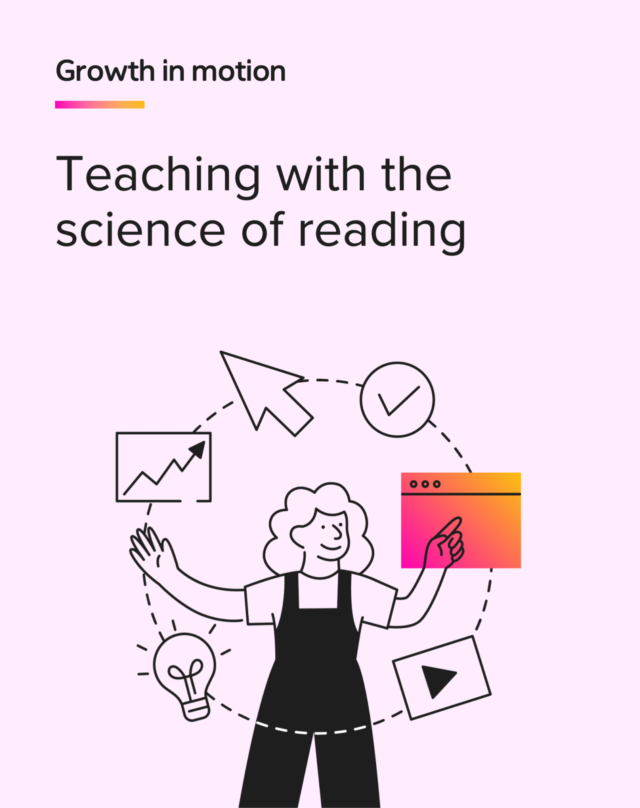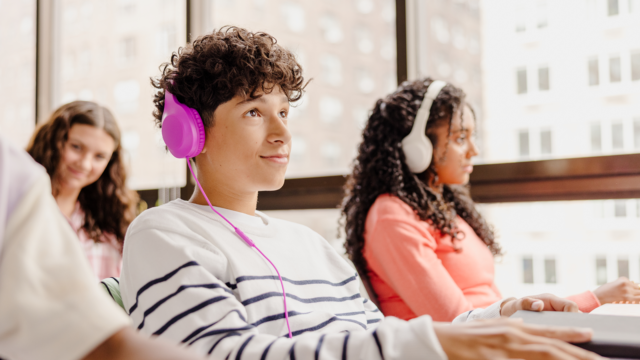-
Core Curriculum
Featured Posts

Learn how HMH Performance Suite with Into Math helped Liberty Elementary students improve their math scores.

How to Align Instruction with the Science of Reading
Discover five key principles that policymakers, district leaders, and educators should keep in mind to help drive stronger, more equitable literacy outcomes.

Explore these back-to-school science activities and experiments for the first day of science class.

Explore why is it important to understand the difference between multilingual learners (MLL or ML) vs. English language learner (ELL) and how educators can appropriately support each group in the classroom.
Latest Posts
AWARDS & ACCOLADES

Shorty Awards
Audience Honor, 2023, Shaped

Digiday Content Marketing Awards
Finalist, 2023, Shaped

People’s Choice Podcast Awards
Finalist, 2021 & 2023, Teachers in America
*The views expressed in our blog are those of the authors and do not necessarily represent those of HMH.











